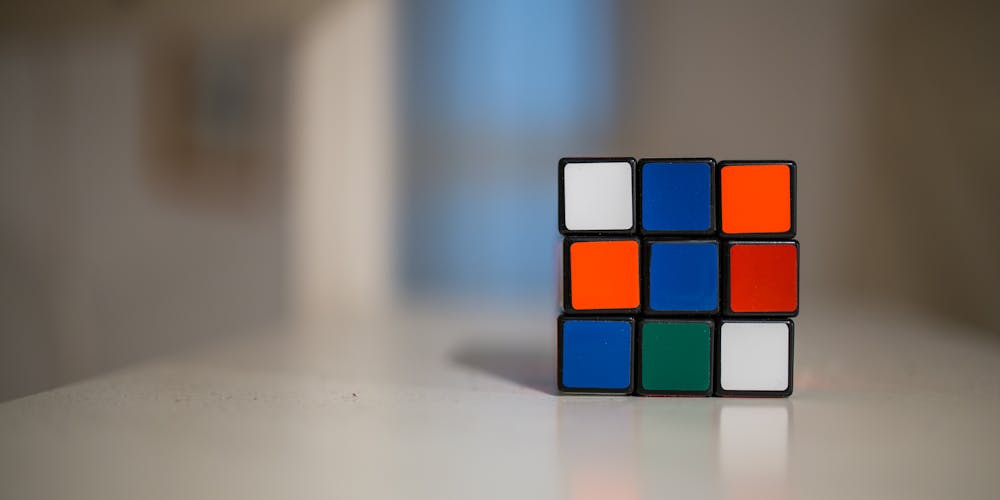In a mesmerizing display of technological prowess, a Mitsubishi robot named TOKUFASTbot has shattered previous records by solving a Rubik’s Cube in just 0.305 seconds, earning itself a place in the Guinness World Records. This landmark achievement isn’t just about solving a popular puzzle at breakneck speeds; it’s a deep dive into the future of motion control technology and a showcase of what high-precision machinery is capable of achieving. As Mitsubishi’s servomotors orchestrated a 90° rotation in a staggering 0.009 seconds, this endeavor highlights the incredible pace of modern robotics and the potential it has to transform various industries.
The triumph of TOKUFASTbot is more than a headline-catching stunt. It’s a vivid illustration of the convergence of advanced hardware and intricate software systems. By reaching velocities of approximately 1650 revolutions per minute, the robot’s performance sets a benchmark for high-speed motion control systems. Mitsubishi’s state-of-the-art servo motors played a pivotal role in this, providing the necessary agility and power to make such swift moves a reality. The incredible feat of TOKUFASTbot brings to light the leaps taken in robotic engineering and the relentless pursuit of greater speed and precision in automated systems.
Engineering Behind the Record
Precision and Speed: The Core of TOKUFASTbot’s Success
At the heart of TOKUFASTbot’s record-breaking success is a combination of high-speed precision machinery and innovative engineering. Mitsubishi’s motion control hardware, particularly the servo motors, were integral to achieving such rapid movements. The meticulous design, which allowed for a 90° cube rotation in 0.009 seconds, reflects a level of precision that is vital for today’s dynamic production environments. Each servo motor, with its robust performance, demonstrates the potential for mechanization at speeds that once seemed unreachable. The implications for manufacturing and other time-sensitive operations are significant, signaling a shift towards a future with highly accelerated automation capabilities.
The harmonious interplay of high-speed motors, drivers, and encoders showcases the promise of seamless integration in complex motion controls. The agility and responsiveness of such systems are paramount in ensuring quick reflexes within machinery, leading to minimal delays and superior performance. The intricacy of TOKUFASTbot’s mechanical maneuvering points to a meticulous calibration of each component. This orchestration of precise movements at unparalleled speeds provides a glimpse into the advanced robotics that may drive future industries, from manufacturing to logistics, embodying the quest for flawless, high-velocity operations.
AI and Vision Sensing: Beyond Human Capabilities
Bringing artificial intelligence and vision sensing into the equation, the TOKUFASTbot surpassed what is typically humanly possible when solving the Rubik’s Cube. The AI algorithms were tasked with predicting the most efficient series of moves before any physical action was executed. By mimicking human strategies to solve the cube, but with the added flexibility to manipulate two sides at once, TOKUFASTbot effectively challenged the limits of human capabilities. Unlike the singular directional focus that is inherent in human puzzle-solving, this robot leveraged a bidirectional approach, one that sharply cuts down the completion time.
The incorporation of these technologies into the challenge goes beyond mere speed; it’s an eloquent demonstration of how AI can optimize performance by premeditating the best possible outcome in real-time scenarios. The future possibilities for similar AI-driven systems are expansive, ranging from autonomous vehicles making split-second decisions to smart manufacturing systems constantly refining efficiency. As human engineers, our role is rapidly evolving with these advancements, prompting us to design and direct these intelligent systems toward solving more complex, real-world problems, while also pushing the envelope in terms of technological innovation and application.
Implications for the Future
A New Horizon for Control Engineers
For control engineers, the evolution of high-speed precision hardware like that epitomized by TOKUFASTbot is an inspirational marvel. These advances not only indicate the current height of robotic capabilities but also set a promising trajectory for further innovation in automation technology. Future endeavors may lead to increased production speeds, heightened precision, and the capacity for more complex operations alongside human workers. The trend is clear: as engineering continues to push boundaries, we can expect to witness a new era of high-performance machinery that will revolutionize how we conceptualize efficiency and precision in various industries.
The Broad Impact of High-Speed Automation
In an astonishing demonstration of modern technology, the Mitsubishi robot known as TOKUFASTbot has earned a Guinness World Record by swiftly solving a Rubik’s Cube in just 0.305 seconds. Far from merely being a spectacular party trick, this remarkable feat is a testament to the advancements in motion control technology and the capabilities of precision machinery. With Mitsubishi’s servomotors enabling 90° turns in a mere 0.009 seconds, TOKUFASTbot illustrates the rapid evolution of robotics and the future possibilities for various sectors.
TOKUFASTbot’s record-smashing performance is emblematic of the fusion between cutting-edge hardware and sophisticated software. Achieving speeds around 1650 rpm, the robot has set a new standard for high-speed motion controls. The servomotors are central to this success, providing the speed and agility needed for such tasks. This robotic triumph epitomizes the strides made in engineering for automation, emphasizing the ongoing quest for increased velocity and precision in machines.

